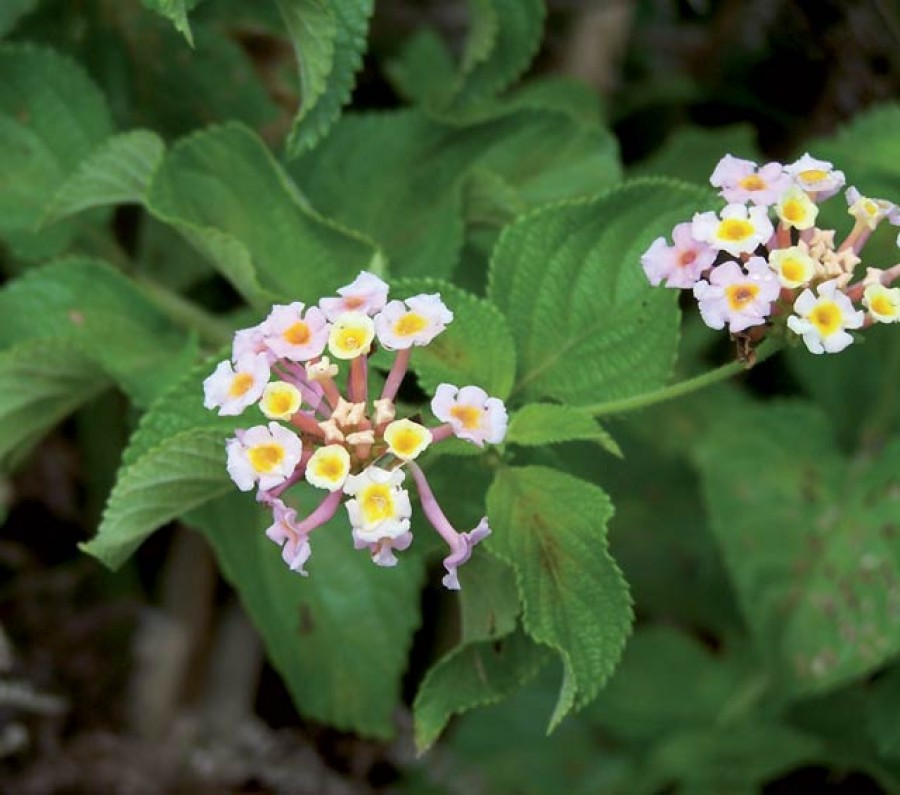Weed Profile - Lantana (Lantana camara)
Lantana:
is poisonous to animals and humans
invades native grassland and pastures
invades eucalyptus and pine plantations
fuels bushfires
can restrict access to bushland and waterways
costs land managers more than $22 million each year to control.
How does this weed affect you?
Human poisoning
All parts of the plant are poisonous if eaten and can cause:
- vomiting
- diarrhoea
- weak muscles
- breathing problems
- death.
Touching lantana can irritate skin and eyes.
Livestock poisoning
All types and parts of lantana are considered poisonous to stock. Red-flowered lantana is most dangerous. Stock poisoning is common. It happens most when new animals are introduced into lantana areas and there is no other feed. Cattle used to grazing lantana-infested land are less likely to eat it.
Early symptoms of lantana poisoning include:
- depression
- loss of appetite
- constipation
- frequent urination
- jaundice for 1 – 2 days
- inflamed eyes with a slight discharge.
- mouth area becoming inflamed, moist, and very sensitive, with a pink nose.
- bare skin becoming very sensitive to light, red and swollen, or may crack, turn black, and die.
Stock usually die 1 – 4 weeks after symptoms appear. Death is slow and painful from liver and kidney failure. Some animals have heart damage.
What does it look like?
Lantana is a usually a dense shrub, although it can drop its leaves in dry times. It usually grows from 2 – 4 m high but can scramble up into trees. There are five main types with different flower colours: pink, red, orange, white and pink-edged red. Red lantana has pricklier stems and darker green leaves than pink lantana.
Control
Successful weed control takes time and follow up efforts to monitor and suppress weeds. A combination of control methods is usually needed.
To control lantana:
- gradually control sections of large infestations, starting at the edges (do as much at a time as you can follow up)
- dry or frosty periods are good times to work on mature lantana plants
- treat regrowth or seedlings before they are 1 m high
- control young plants before they are a year old to prevent new fruit and seeds in summer, look for a flush of seedlings after rain, and kill the seedlings 1 – 3 after the rain event (lantana seeds can germinate year round but peak after summer rain).
- 1 – 3 months after clearing, burning or cultivation, look for regrowth or new seedlings and control them.
- 3 – 6 months after the end of a dry spell, look for dry lantana that appeared dead reshooting from the base, and control the regrowth in spring, look for plants that reshoot after frost damage, and control the survivors.
Source: NSW WeedWise

